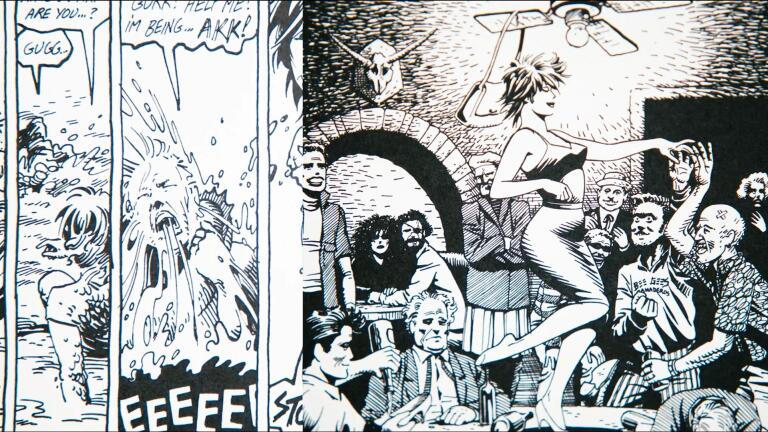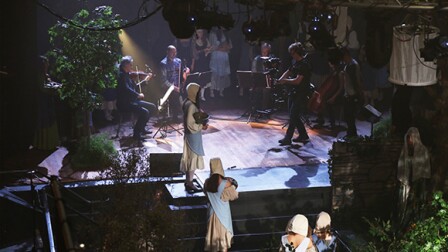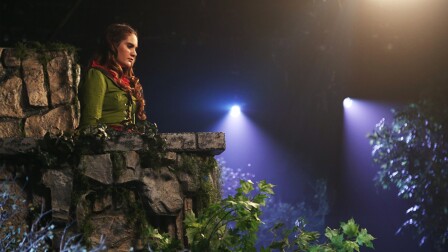Back to Show
Artbound
The Evolution of Low-Income Housing in L.A.
The phrases "public housing" or "low-income housing" do not generally conjure thoughts of architectural innovation. Instead, one may envision rows of faded pastel cubes surrounded by dead lawns and tall fences, or looming concrete towers gridded with small windows. Both schemes are typically weighted with a grim institutional air, appear to have been built as cheaply as possible, and often address only one problem, shelter, amid many others.
But it doesn't have to be that way, as several recent housing developments in Los Angeles prove. Instead, they pose the question: What if low-income housing was perceived as leading the vanguard of innovative, responsive architecture?
Support Provided By

56:28
Giant Robot was a bimonthly magazine that profoundly affected Asian American pop culture.

56:43
WPA projects live on in L.A. Explores what effect a similar program might have today.

56:49
Six Latinx artists in L.A. work to secure their place in American art.

56:59
When Marcel Duchamp came to Pasadena in 1963, he sent ripples down L.A.'s art scene.

56:43
A self-published comic book made by brothers from Oxnard, Ca. makes comic book history.

53:45
An LGBTQ nightclub event in L.A. called “Mustache Mondays” was an incubator for today’s exciting artists.

56:55
The Autry Museum is working to recontextualize a large mural, dating from the 1980s.

56:34
Site-specific desert art about land ownership, water scarcity and overlooked histories.

56:39
“Sweet Land” recasts this nation's story through the eyes of immigrants and the Indigenous

55:39
Ceramist Helen Jean Taylor crafted timeless works and helped others find peace in clay.

54:35
A tribute to Rubén Funkahuatl Guevara, a Chicano music pioneer.

57:08
The Watts Towers Arts Center was born out of the resilience of 1960s Black L.A.










